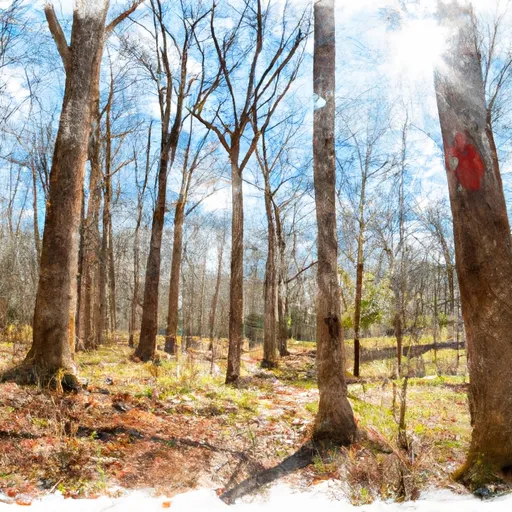°F
°F
mph
Windspeed
%
Humidity











Trade, Tennessee is a charming town located in Johnson County, nestled within the Appalachian Mountains. The climate in Trade is characterized by mild summers and cool winters, offering residents and visitors a pleasant and diverse climate throughout the year. The region experiences four distinct seasons, with moderate rainfall evenly distributed throughout the year.
Hydrologically, Trade benefits from the Doe River, which flows through the town. This pristine water source supports a rich ecosystem and provides opportunities for various outdoor activities. Anglers can indulge in excellent fishing experiences, with the river teeming with trout and other species. Additionally, the Doe River offers opportunities for kayaking and canoeing, allowing water enthusiasts to explore its scenic beauty.
Trade is surrounded by picturesque landscapes, making it an ideal location for outdoor recreation. The Appalachian Mountains offer opportunities for hiking, climbing, and camping, with stunning views and abundant wildlife. The Cherokee National Forest is a short distance away, providing endless possibilities for exploring nature, including trails for biking and horseback riding.
In summary, Trade, Tennessee offers a mild climate, abundant hydrology constituents, and a plethora of outdoor recreation opportunities, making it an attractive destination for nature lovers and outdoor enthusiasts.
Weather Forecast
Trade receives approximately 1228mm of rain per year, with humidity levels near 83% and air temperatures averaging around 10°C. Trade has a plant hardyness factor of 6, meaning plants and agriculture in this region thrive during a short period during spring and early summer. Most plants will die off during the colder winter months.
Regional Streamflow Levels
120
Cubic Feet Per Second
65
Cubic Feet Per Second
417
Cubic Feet Per Second
120
Cubic Feet Per Second
Nearby Camping
| Camping Area | Reservations | Toilets | Showers |
|---|---|---|---|
| Croft State Natural Area | |||
| Lake James State Park | |||
| Backbone Rock Rec Area | |||
| Panther State Forest | |||
| Mortimer | |||
| Julian Price - Blue Ridge Parkway |



